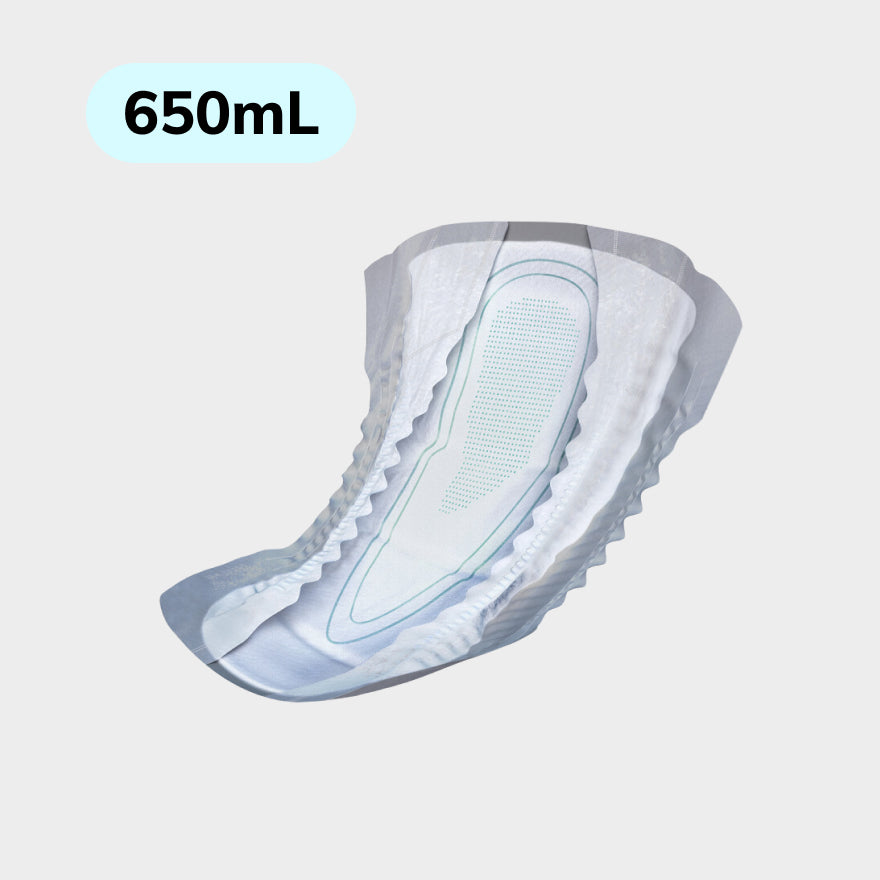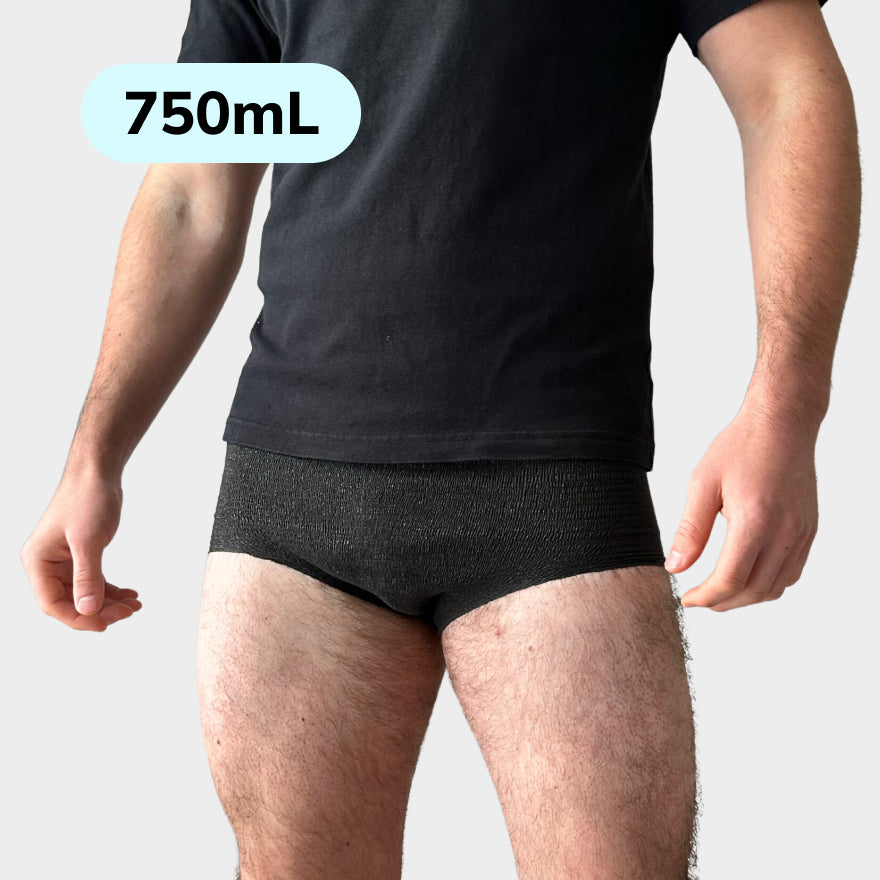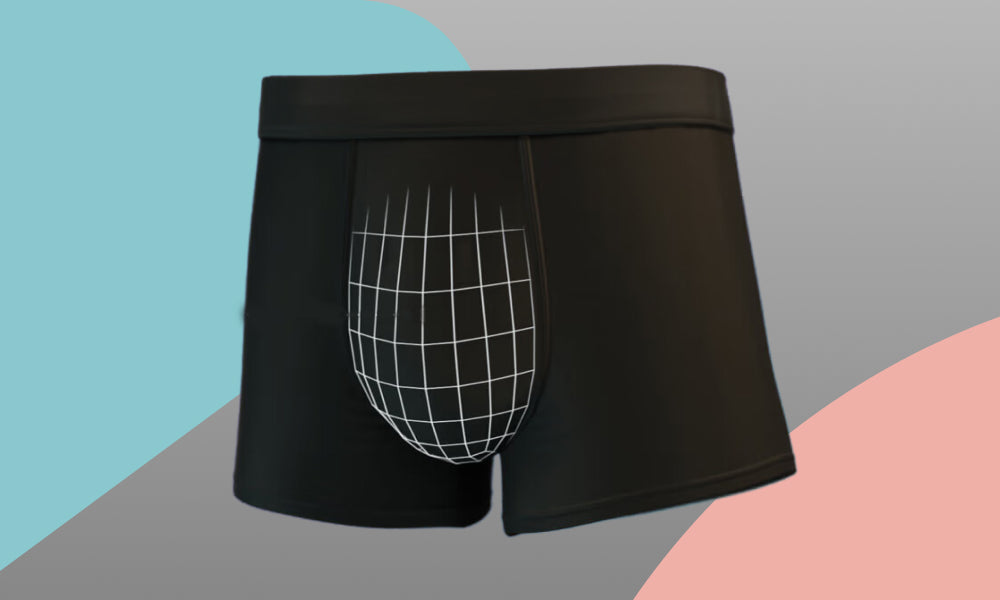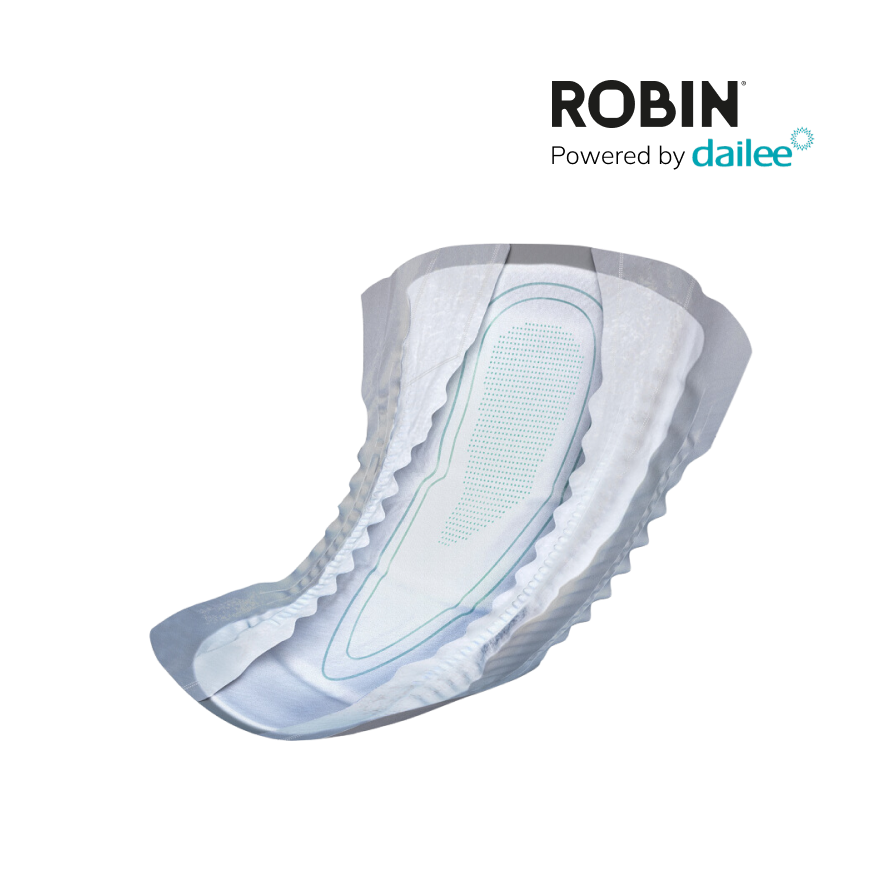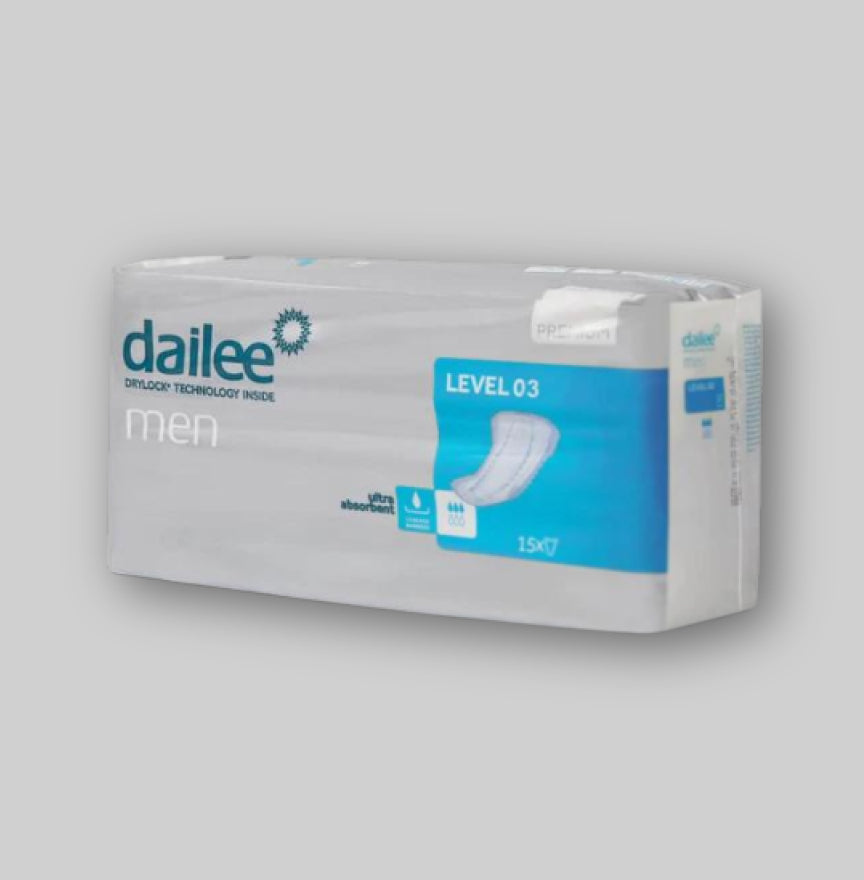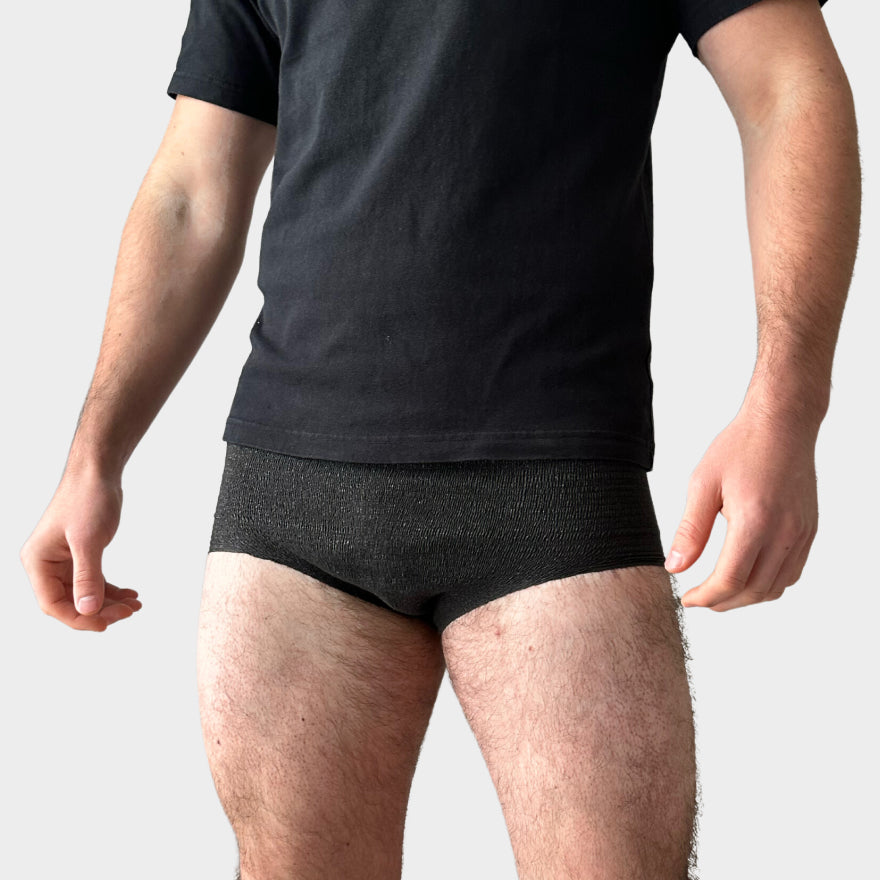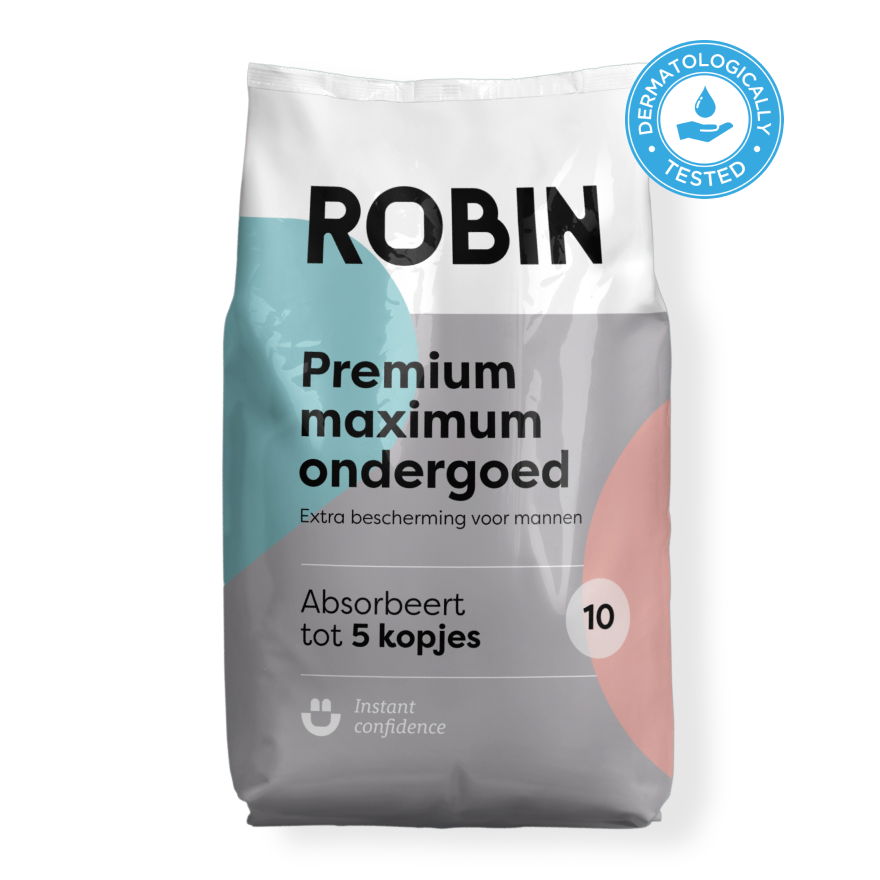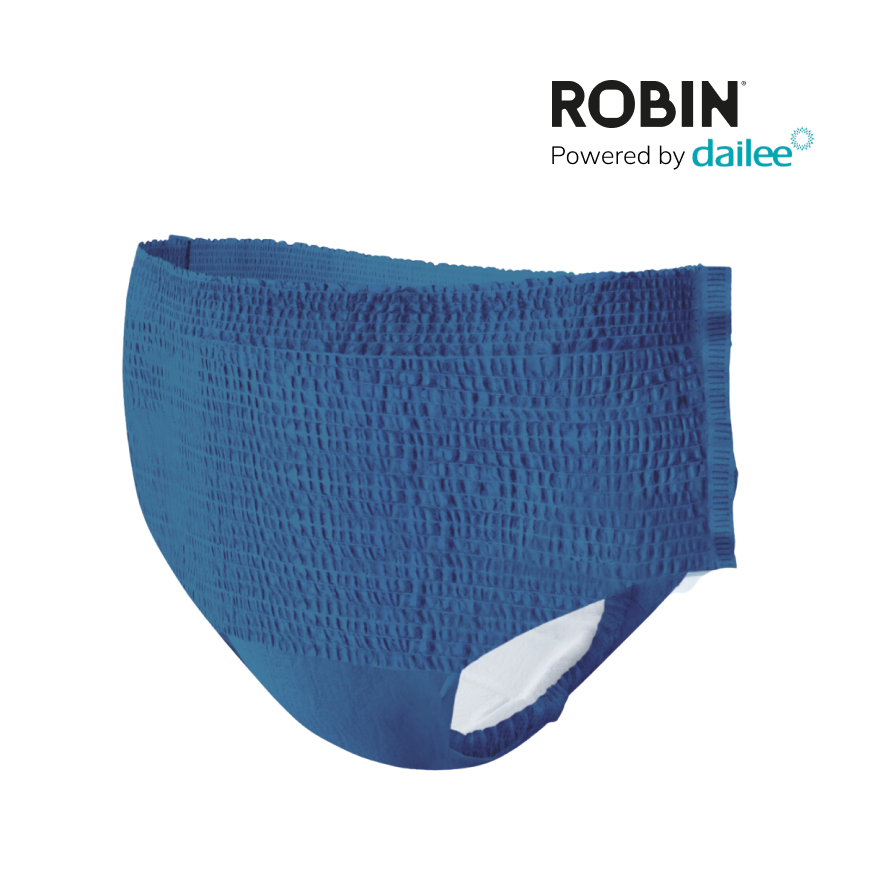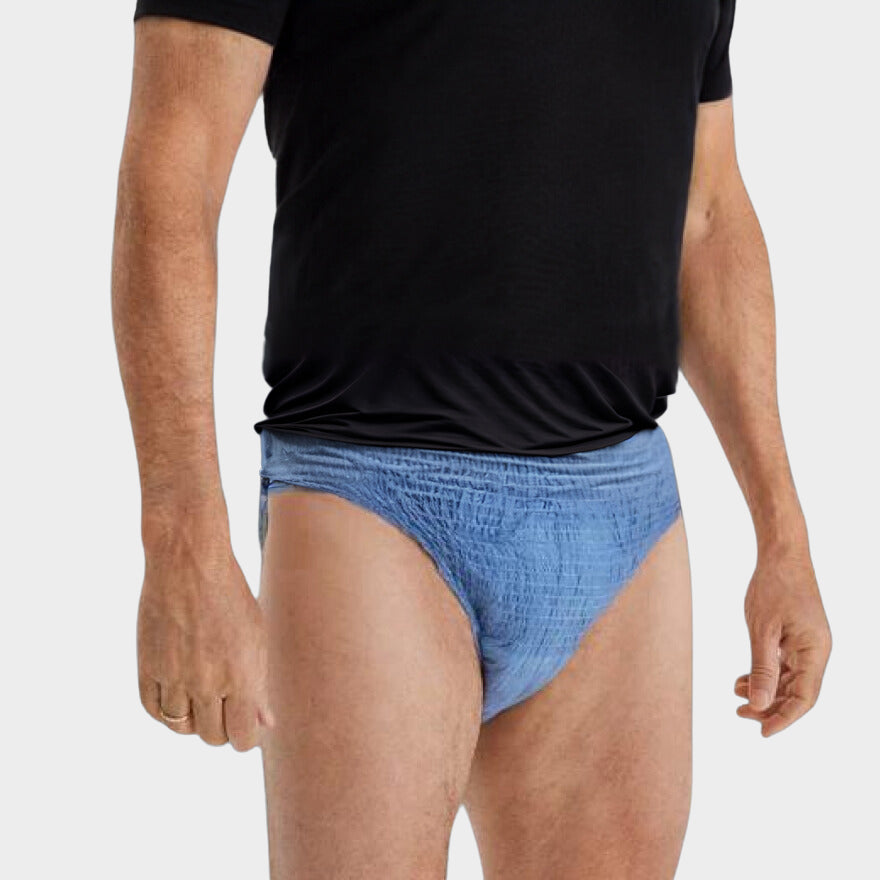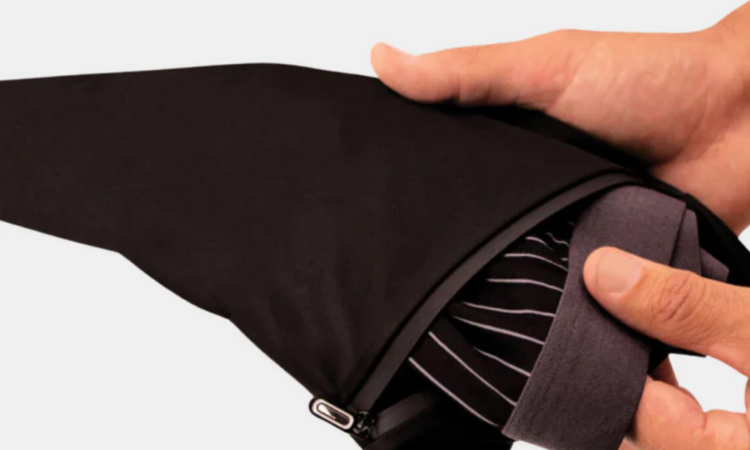"What prostate surgeries are there? What does prostate removal involve? We often hear about lasering an enlarged prostate, TURP, prostatectomy, Urolift, RALP, Rezum, prostate scraping and prostate reduction. But what are the differences?"
Prostate problems can range from mild to severe symptoms and sometimes require surgical intervention. Below is an overview of the different types of prostate surgery available.
1. TURP (Transurethral Resection of the Prostate)
This is one of the most common operations for benign prostatic hyperplasia (BPH).
During a TURP operation, the urologist uses an electric knife that is inserted through the urethra into the prostate area. With this, the urologist cuts away the benign prostate enlargement around the urethra in small strips, which are called prostate chips. These chips end up in the bladder and are removed at the end of the operation by flushing the bladder.
This procedure is also known as TUR Prostate. Bipolar TURP uses bipolar energy instead of monopolar energy. In TUEB surgery, the urologist uses a metal loop to cut and burn.
Advantages:
- Less invasive
- Shorter recovery time
Disadvantages:
- Risk of complications such as bleeding and infections
- Sometimes persistent incontinence or erectile dysfunction
2. Laser therapy
Laser therapy vaporizes or removes excess prostate tissue using laser energy. There are several types of lasers that can be used, such as holmium and green light lasers.
Advantages:
- Less blood loss
- Faster recovery
Disadvantages:
- Can be more expensive
- Not suitable for all prostate sizes
3. Prostatectomy
This is a more invasive surgery in which the entire prostate is removed. This method is often used for prostate cancer.
Advantages:
- Removes the entire tumor in cancer
Disadvantages:
- High risk of complications such as incontinence and erectile dysfunction
- Longer recovery time
4. HoLEP (Holmium Laser Enucleation of the Prostate)
In HoLEP, the prostate is almost completely removed using a holmium laser.
Advantages:
- Very effective for larger prostates
- Little blood loss
Disadvantages:
- Technically challenging and requires experienced surgeons
- Longer operating time
5. Urolift
This new, minimally invasive procedure places small implants to pull the prostate away from the urethra, improving urine flow without removing tissue.
Advantages:
- Fast recovery time
- Low risk of sexual side effects
Disadvantages:
- May be less effective for very large prostates
- Risk of implant complications
Conclusion
The choice of prostate surgery depends on several factors such as the size of the prostate, the severity of the symptoms and the overall health of the patient. It is important to carefully consider the pros and cons of each method in consultation with a specialist.
